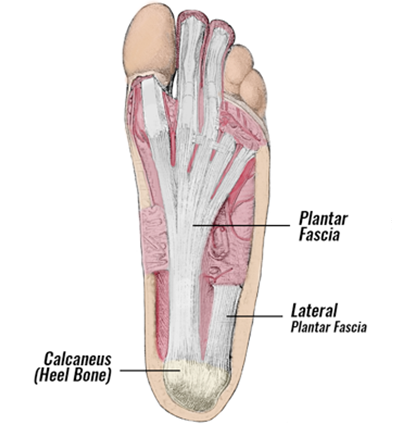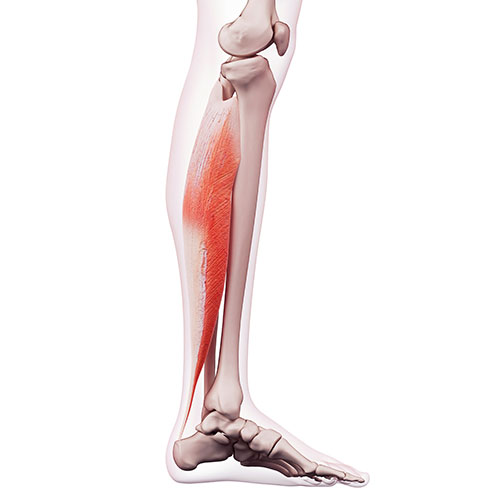The Plantar fascia release stretch combines stretching with soft tissue release massage. It forms a key part of our Plantar fasciitis rehabilitation program.
Fascia is a fibrous connective tissue, which surrounds all muscles, tendons, ligaments, bones, and organs within the body. The plantar fascia itself is very strong, flexible, and dynamic and so responds to stretching. Over time, the fascia loses its elasticity through physical trauma and overload. This results in the fascia hardening and the general flexibility of both the fascia and the muscle it surrounds, decreases.
What are fascial release techniques?
Massage therapists often use Myofascial release techniques to treat sports injuries. The aim is to stretch the fascia or connective tissue. Therapists increase the force applied to the tissue as they feel it relax.
How to perform the plantar fasciitis myofascial release stretch
First, take your big toe and gently bend it upwards. Then massage gently but deeply into the tissues. As your plantar fascia releases stretch your big toe up further and repeat the massage. Do this three to four times and continue to do it throughout the day, or at least 2 to 3 times.
Muscles stretched
The main areas stretched are the plantar fascia and also soleus muscle to some extent.
Plantar fascia

This is a thick band of connective tissue (not muscle) that runs along the bottom of the foot. It connects the heel bone to the toes and plays a crucial role in supporting the arch of the foot and absorbing shock when walking and running.
Soleus muscle

You may also feel a stretch in the soleus muscle, low down in the calf depending on how much you pull up on the foot. However, the larger gastrocnemius muscle is not stretched because the knee is bent.
Related injuries
This exercise forms part of treatment and recovery for the following injuries:
Similar & alternative exercises
Alternatives to this exercise which have a similar effect include foot rolling where you roll a tennis ball, or better still, a frozen bottle of water under your foot. This combines cold therapy as well stretching which helps reduce pain and inflammation. Also, plantar stretch in standing stretches the plantar fascia and soleus.

